Swimming in a crystal-clear pool is one of life’s simple pleasures, but maintaining that sparkling water requires more than just regular chemical balancing. At the end of a clean pool is a reliable pool cleaner vacuum working with high-quality pool sweep parts. Even the best pool cleaners and pool accessories experience wear and tear, affecting their efficiency and potentially leading to cloudy water or excessive debris. Replacing worn pool sweep parts at the right time not only prolongs the life of your equipment but also keeps your pool clean and inviting for every swim. In this guide, learn how to remove and install replacement components, and the best practices for maximizing the life of your pool sweep system.
What Are Pool Sweep Parts and Why Are They Important?
Understanding the components of your pool sweep system will help you maintain a cleaner and more efficient pool. Each part plays a critical role in the functionality of your pool cleaners and pool accessories.
Pool sweep parts refer to the collection of mechanical and hardware components that ensure your pool sweep or pool cleaner vacuum operates correctly.
This includes hoses, wheels, bearings, sweep tails, brushes, scrubbers, and the all-important pool sweep pump.
Each item, whether it’s a small o-ring or a major vacuum head, contributes to the effectiveness of pool cleaning.
Pool vacuum parts are designed to collect debris, leaves, dirt, and particles from your pool, ensuring clear and healthy water. Without well-maintained pool sweep parts, your pool cleaners may run inefficiently or break down altogether.
The pump powers the cleaning mechanism, while hoses and wheels enable mobility, and sweeper tails agitate debris from pool surfaces.
Regularly inspecting these pool accessories not only maintains performance but also helps you spot issues before they compromise your entire cleaning system.
Swimming Pool Safety Equipment Checklist: Here's What You Need to Know
How to Spot Worn or Damaged Pool Sweep Parts
Regular inspections ensure your cleaning system runs at peak performance and help you catch problems early.
Identifying worn or damaged pool sweep parts is straightforward with a keen eye and regular maintenance routine. Common indicators include sluggish movement of the pool cleaners, unusual noises coming from the pool sweep pump, visible cracks or wear on hoses and wheels, and ineffective debris pickup.
Loose connections, water leaks from hoses, and detached pool accessories are additional red flags that shouldn’t be ignored. Many high-quality pool sweep parts feature visual wear markers or have components that discolor as they degrade.
Common Causes of Pool Sweep Part Wear
Pool sweep equipment is designed to withstand years of use, but several factors can accelerate the wear and tear of these vital components. Understanding these causes helps you anticipate repairs and replacements.
Aging and material fatigue: Even the best pool sweep parts degrade due to constant exposure to chemicals, sunlight, and water. Plastic components may grow brittle, while rubber gaskets and seals lose elasticity, leading to leaks in your pool cleaners and pool vacuum parts.
Improper chemical balancing: Harsh or unbalanced pool chemicals are notorious for eating away at pool accessories. High chlorine levels or fluctuating pH can deteriorate the lifespan of sweep hoses, brush tails, and even your pool sweep pump internals.
Frequent use and heavy loads: Pools that see frequent activity inevitably require more from their cleaning systems. Cleaning after storms or heavy pool usage can mean more debris, causing faster wear to moving parts within your pool cleaner vacuum.
Incorrect installation: Misaligned hoses, overtightened connections, or using incompatible pool sweep parts can strain your system. Always ensure that installation follows the manufacturer’s recommendations for optimum results.
Neglect and lack of maintenance: Skipping regular checks and cleanings will let small problems snowball. Debris lodged in pool vacuum parts or neglected pool accessories can wear down your equipment far faster than expected.
Understanding these causes empowers you to adopt better care practices, ultimately extending the lifespan and efficiency of every component in your pool cleaning system.
Step-by-Step Process to Remove Worn Pool Sweep Parts
Swapping out old pool sweep parts is straightforward with the right techniques. Always consult your equipment manual for model-specific instructions and safety tips.
Turn off the pool sweep pump and disengage the power supply to your pool’s cleaning system to avoid accidents. Start by removing the pool's accessories attached to the cleaner, followed by any hoses or tubes connected to the pool cleaner vacuum.
Unscrew clamps or quick-release mechanisms, many manufacturers use tool-free designs to simplify this process. Carefully detach and inspect each pool vacuum part, noting excessive wear, cracks, or damage.
For internal components, open the vacuum body and remove the debris bag. Use gentle force to pry out worn gears, wheels, or bearings, replacing them with high-quality, compatible pool sweep parts.
Firmly connect each component, ensuring tight, leak-free seals. After every part is replaced, run a test cycle with the pool sweep pump re-engaged to ensure smooth, efficient operation of your pools cleaners.
How to Choose the Right Pool Sweep Replacement Parts
Selecting the correct pool sweep parts is vital for restoring peak performance and avoiding future breakdowns. The right replacement ensures compatibility, durability, and seamless operation in your pool cleaners.
Consult the user manual for your pool equipment model. Manufacturers list compatible pool accessories and part numbers, helping you avoid costly mistakes.
Quality matters, always select original manufacturer or certified after-market pool vacuum parts. Check material specification, especially for hoses and connectors, as cheap alternatives can fail prematurely or compromise your pool cleaner vacuum's efficiency.
Evaluate whether you need a full set replacement or only specific components, such as a sweep tail, brushes, or the entire pool sweep pump.
Taking these steps ensures your pool continues operating smoothly with minimal downtime.
Pool Cleaner Parts Issues: Here's How To Fix The Common Problems
Installing New Pool Sweep Parts for Optimal Performance
Proper installation of new pool sweep parts directly results in a cleaner, more inviting pool.
When handling the pool cleaner vacuum, fit hoses tightly and align wheels or tracks perfectly to prevent jamming during operation.
Attach the new brush or sweep tail to the unit, ensuring each component moves freely. When installing a replacement pool sweep pump or internal mechanical parts, double-check all seals and O-ringsto avoid leaks.
Once fully assembled, run the cleaner through a short cycle, observe performance, and make adjustments as needed. Taking the time to test your brand-new pool sweep parts not only guarantees optimal cleaning efficiency but also extends the life of your entire pool maintenance system.
Maintenance Tips to Extend the Life of Pool Sweep Parts
Pool sweep systems play a vital role in keeping pools clean and efficient. With consistent maintenance, pool sweep parts such as hoses, brushes, and filters can last longer while ensuring smooth operation.
Tip | Details |
Clean after each use | Rinse hoses, brushes, and filters after every cleaning cycle. Removing debris prevents clogs and abrasive wear on pool vacuum parts. |
Inspect weekly | Check all visible pool accessories and pool sweep parts for signs of cracking, wear, or chemical damage. |
Store properly | When not in use, store pool cleaners out of direct sunlight and away from harsh chemicals to avoid brittle plastics and faded rubber. |
Balance pool chemistry | Keep water within the recommended chemical parameters. This extends the life of pool sweep pumps, hoses, and other pool accessories. |
Routine replacement | Replace soft parts and seals proactively. Having spare pool sweep parts on hand allows quick fixes without long interruptions. |
By adhering to a maintenance routine, you ensure that every component— from the main pool cleaner vacuum down to the smallest O-ring—performs at its best.
Taking a proactive approach to identifying and replacing worn pool sweep parts saves you time and money. When your pool's cleaners work smoothly with well-functioning pool accessories, you enjoy a sparkling pool while extending the lifespan of your investment. Monitor your pool vacuum parts for signs of wear, understand the root causes of degradation, and follow best practices for part removal and installation. With the right choice of replacement pool sweep parts and with regular maintenance of your pool sweep pump and pool cleaner vacuum, optimal efficiency is always within reach. USAPoolShop offers a wide range of high-quality pool equipment replacement parts, including valves, o-rings, pressure gauges, and plumbing fittings from top manufacturers, with fast shipping and expert support.
FAQs
How long should a pool sweep last?
A pool sweep should last 5–7 years with regular maintenance and timely pool cleaner parts replacement.
Why is my pool sweep not working?
A pool sweep may not work due to clogged pool cleaner parts, low water pressure, or worn-out hoses and seals.
Why does my pool vacuum get stuck in one spot?
A pool vacuum gets stuck in one spot if the pool cleaner parts, like wheels or gears, are damaged, or if debris is blocking movement.
Why is my pool vacuum not picking up debris?
A pool vacuum may not pick up debris when the filter, bag, or pool cleaner parts, such as the suction line, are clogged or damaged.
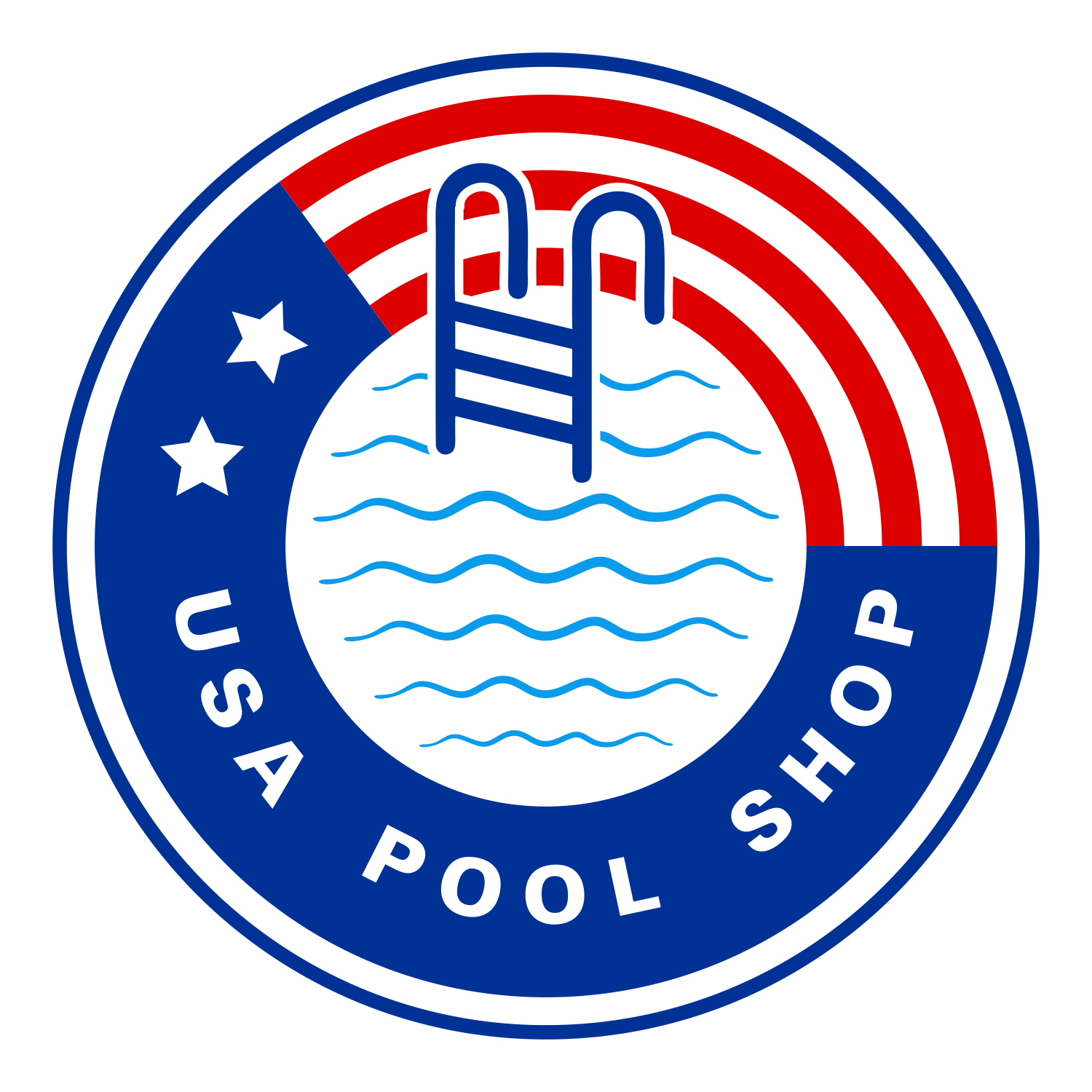
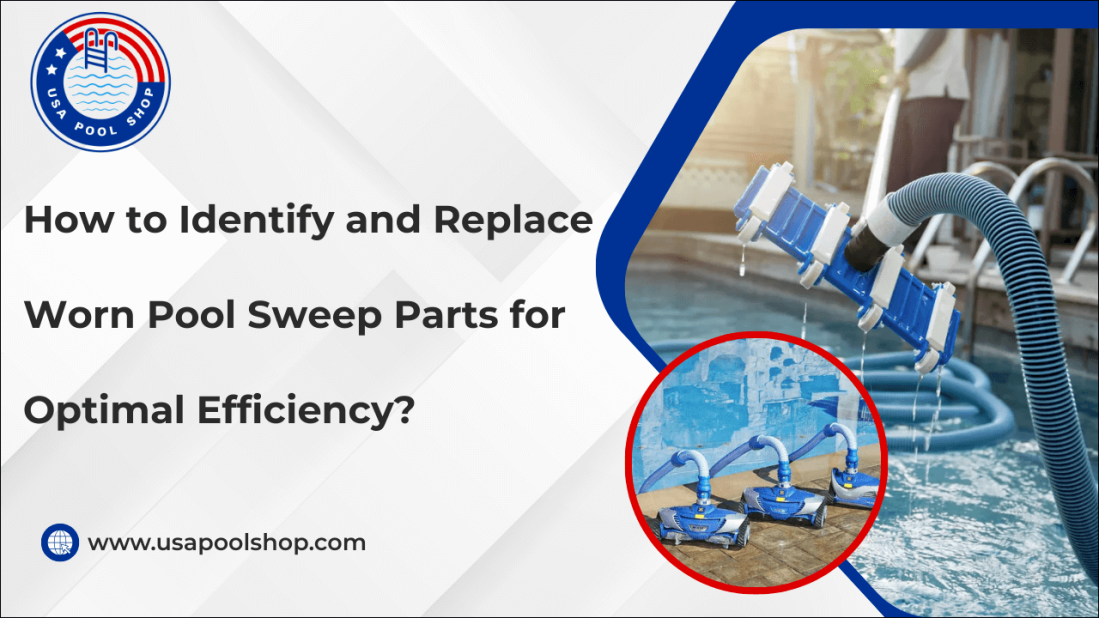


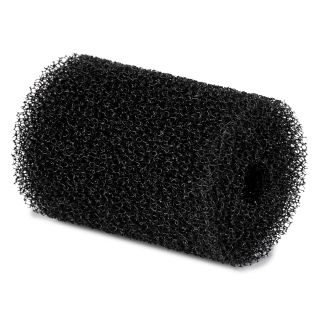
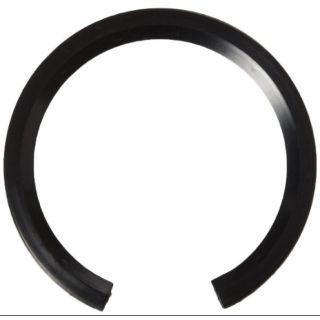
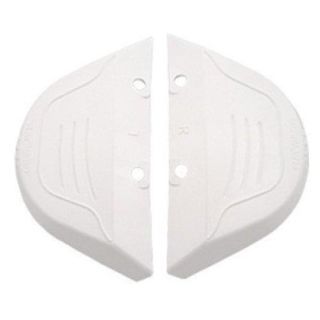
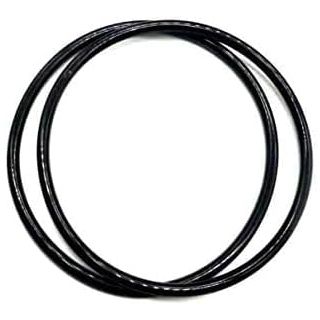
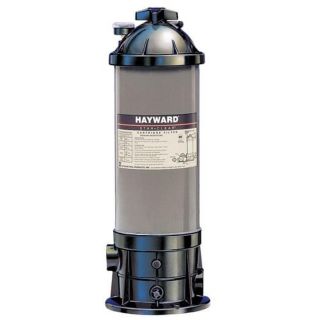
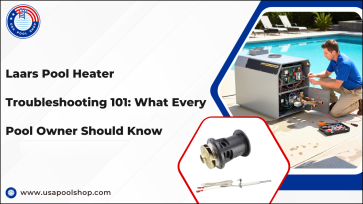
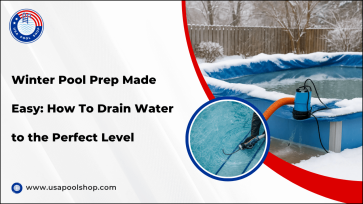

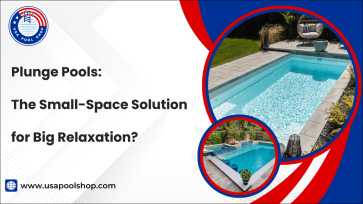

Validate your login